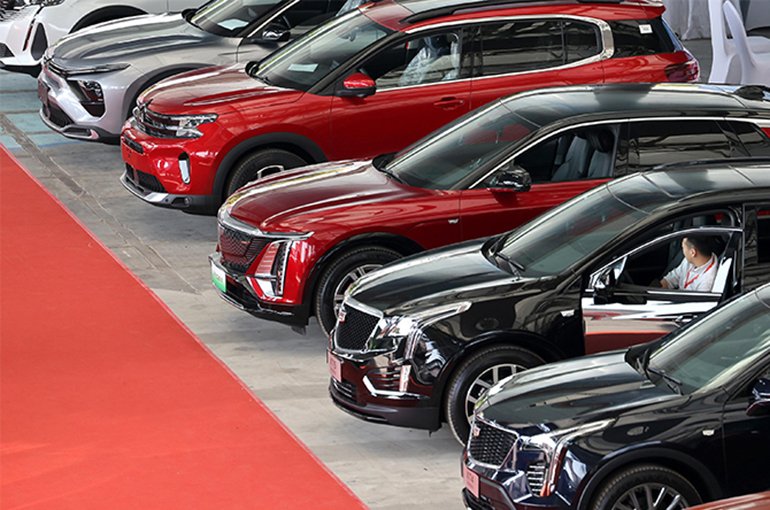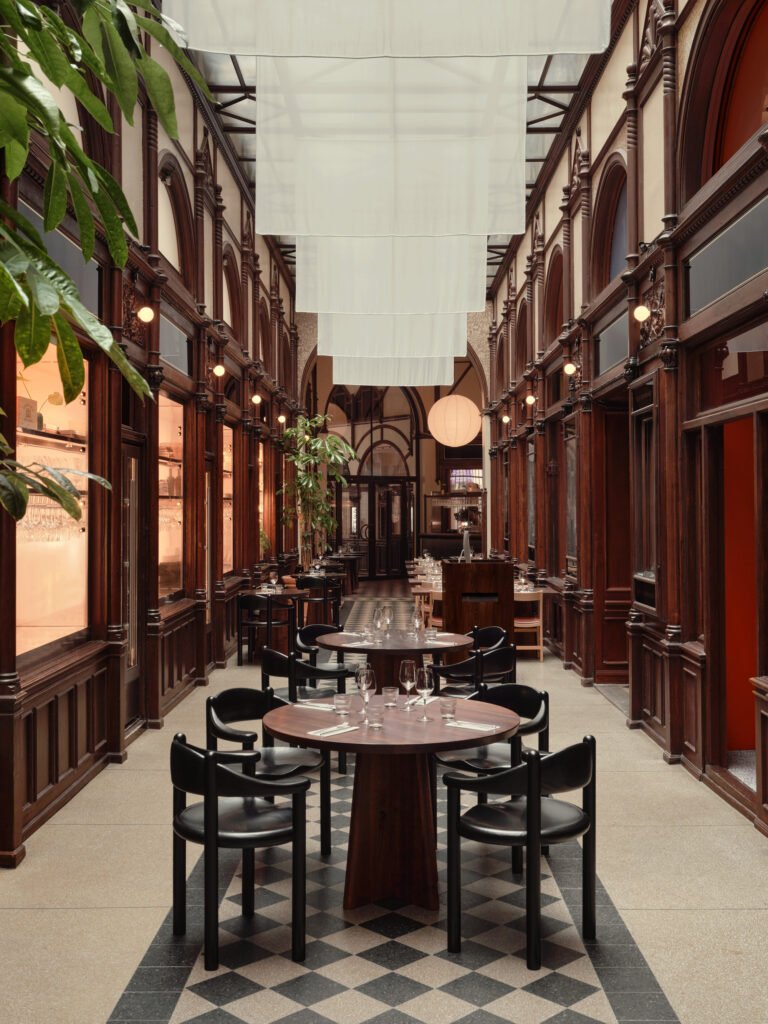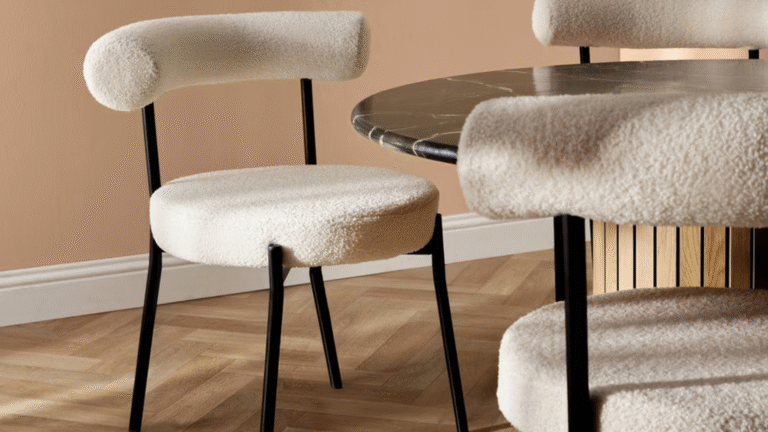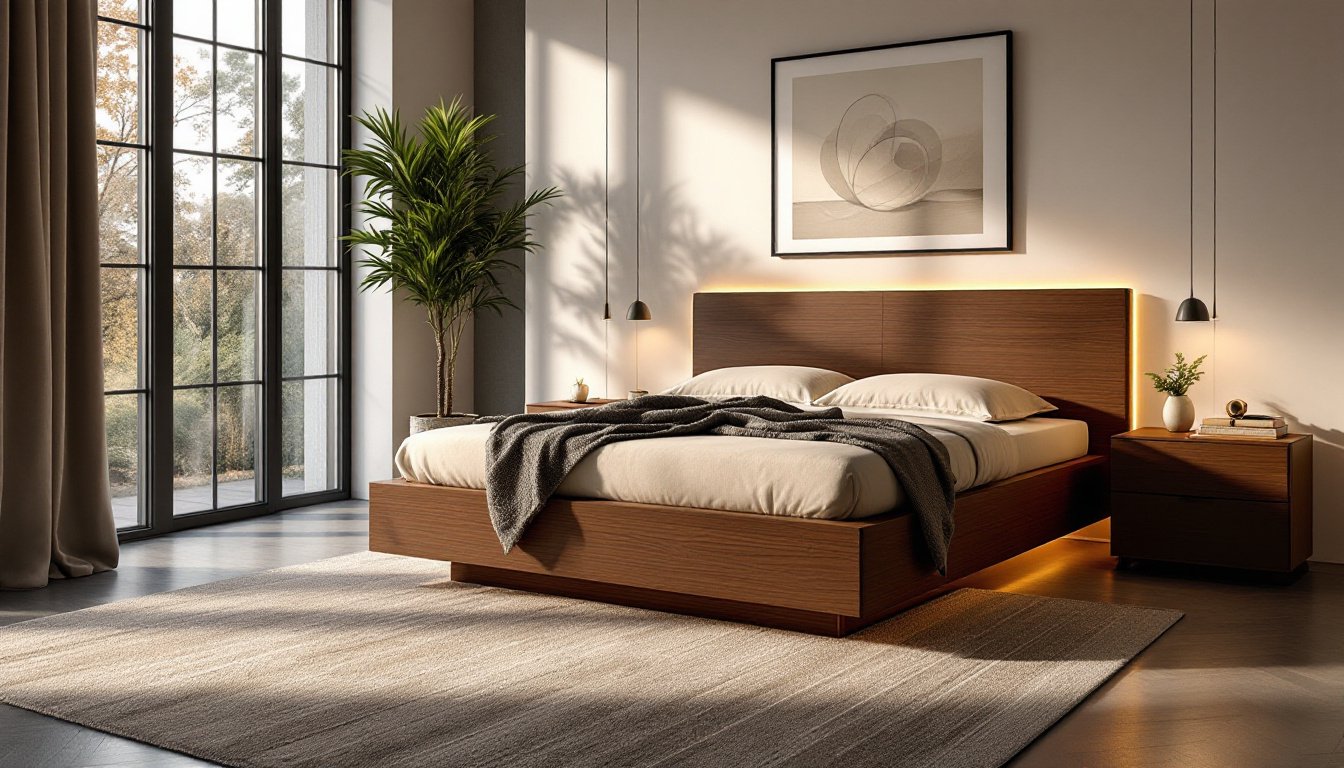Chinese Retailers Dive into the Used Car Market Amid Real Estate Slowdown
In a strategic move to bolster their revenues, major Chinese furniture and home goods retailers are transforming significant portions of their store spaces into secondhand car trading centers. This shift is a direct response to the challenges posed by the ongoing downturn in the real estate sector, which has adversely affected decor sales across the country.
Adapting to Market Demands
For instance, KMX Group’s home furniture plaza in Zhengzhou, the largest mall of its kind in Henan province, has allocated approximately 10% of its floor area to serve as a used car marketplace. Similarly, Huafeng Group announced plans last month to establish a secondhand vehicle trading center in the same city. Red Star Macalline Group has also joined the trend, collaborating with a leading auto reseller last September to integrate car showrooms within its furniture malls.
Industry-Wide Transformation
These initiatives underscore a broader industry trend as home furnishing companies seek alternative revenue streams. Easyhome New Retail Group, for example, reported a staggering 41% drop in net profit last year, amounting to CNY 769 million (approximately USD 107.3 million). This represents its fourth consecutive year of profit decline, highlighting the urgent need for innovation within the sector.
The Booming Secondhand Car Market
According to Huang Jianhua, a seasoned figure in the car trading industry, China boasts the world’s second-largest market for used vehicles, trailing only the United States. The sector is thriving, making it an appealing opportunity for retailers with extensive retail spaces. Last year, China’s used car market was valued at CNY 1.2 trillion (around USD 167.5 billion), with approximately 19.6 million vehicles sold, marking a 7% increase from the previous year, per data from the China Automobile Dealers Association.
KMX Chairman Xiao Kaixuan highlighted the lack of expansive, high-quality used car distribution centers in China. By reimagining their large furnishing spaces, retailers could create environments where shoppers can browse used cars as easily as they would for sofas, dispelling the outdated image of cluttered outdoor lots.
Success Stories in Retail Innovation
An executive from Red Star Macalline shared insights on the successful introduction of a used car business within one of its malls in Chongqing. This venture not only generated considerable revenue but also increased foot traffic to the adjacent home goods stores, demonstrating a cross-selling opportunity.
Trust Challenges in the Used Car Market
Despite these positive developments, challenges persist within the used car sector. Issues such as unclear vehicle condition reports, odometer tampering, and obscure accident histories can lead to consumer distrust. Huang emphasized the need for new entrants in the market to address these concerns, as overcoming consumer hesitation will be critical to future success.
Conclusion
The transition of Chinese home goods retailers into the used car market showcases their resilience and adaptability in a changing economic landscape. As these companies explore diversifying their revenue streams amidst a struggling real estate sector, they create new avenues for growth and consumer engagement. For more insights on market trends and innovative retail strategies, visit our blog at ChatbiHouse or explore our articles on creative ways to incorporate art into home decor.










